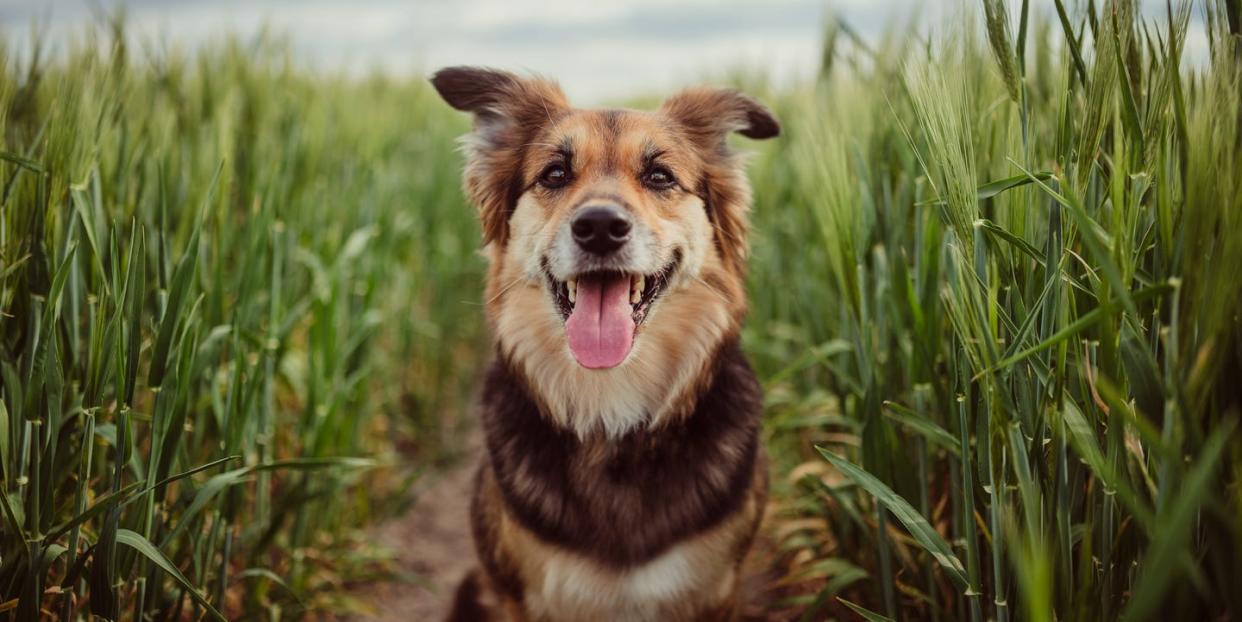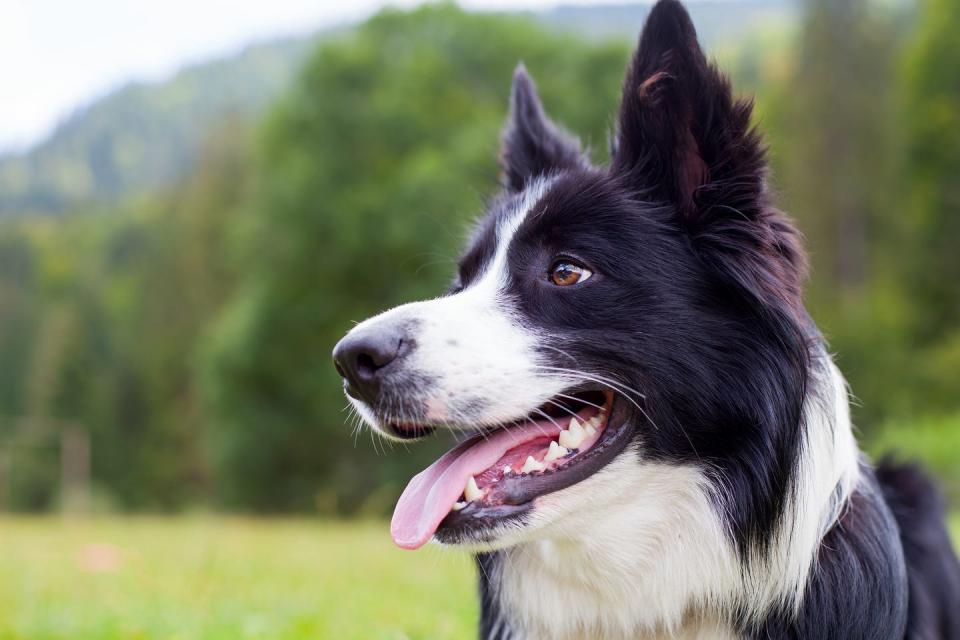These are the two colours dogs can see

If you’ve ever wondered if your dog sees the world the same way you do, it’s probably not too surprising to find out that they don’t. But it’s a little more complicated than you might think.
For example, it’s a bit of a myth that dogs are completely colourblind, which is why we asked the experts to find out what colours they can see and how this affects the way they interpret the world around them.
So, if your own four-legged friend has issues with certain colours, particularly when they’re playing, here’s why…
What colours can dogs see best?
Dogs have what is known as dichromatic vision - this means they can really only interpret two colours, instead of the wide spectrum of hues that humans can.
Experts say the two colours that they can primarily see are blue and yellow.
This makes these two colours the most distinct and easily recognisable to them. If you think about it, it might be the reason they favour a particular toy or ball, compared to others, with them also relying on their other senses more than humans.
What colour is grass to dogs?

As they can’t see green, a lush lawn or stretch of grass in their local park essentially looks yellowish-brown to them.
So, if your dog has been struggling to find or notice their ball when you play catch on grass, you might want to reconsider the colour of their ball. It might be that you are throwing a green ball (even if it is a bright or neon green) – a colour that tends to blend into the background for dogs.
Try switching out their ball for one that is bright yellow or blue to provide them with that contrast. Even a black or white ball might have enough contrast, compared to the grass, to help them find it more easily.
What colours can dogs not see?
In addition to green, dogs cannot see red, pink or burgundy. Instead, it's believed these colours appear dark brown or grey to them.
“Dogs see the world in desaturated tones of blues, yellows, greys, blacks and whites,” says Sarah Elliott, Veterinary Expert at VetHelpDirect.com, “while your dog might not appreciate the vibrancy of your favourite new red jumper, they will easily be able to tell using their advanced sense of smell that the jumper is a new one.”
Which colours are the most dog-friendly?
As blue and yellow items are the easiest for dogs to see, you may want to bear this in mind as you shop for toys and accessories for them.
Axel Lagercrantz, CEO of Pets4Homes, also argues that not only do these colours catch their attention more effectively, but they can also be useful for training purposes.
“For example, using these colours in command signals or visual cues can help improve a dog’s responsiveness," he explains. "Incorporating blue and yellow into command signals and even the design of a dog’s play area can make their environment more stimulating, and can also enhance their ability to focus and respond whilst training."
You Might Also Like


